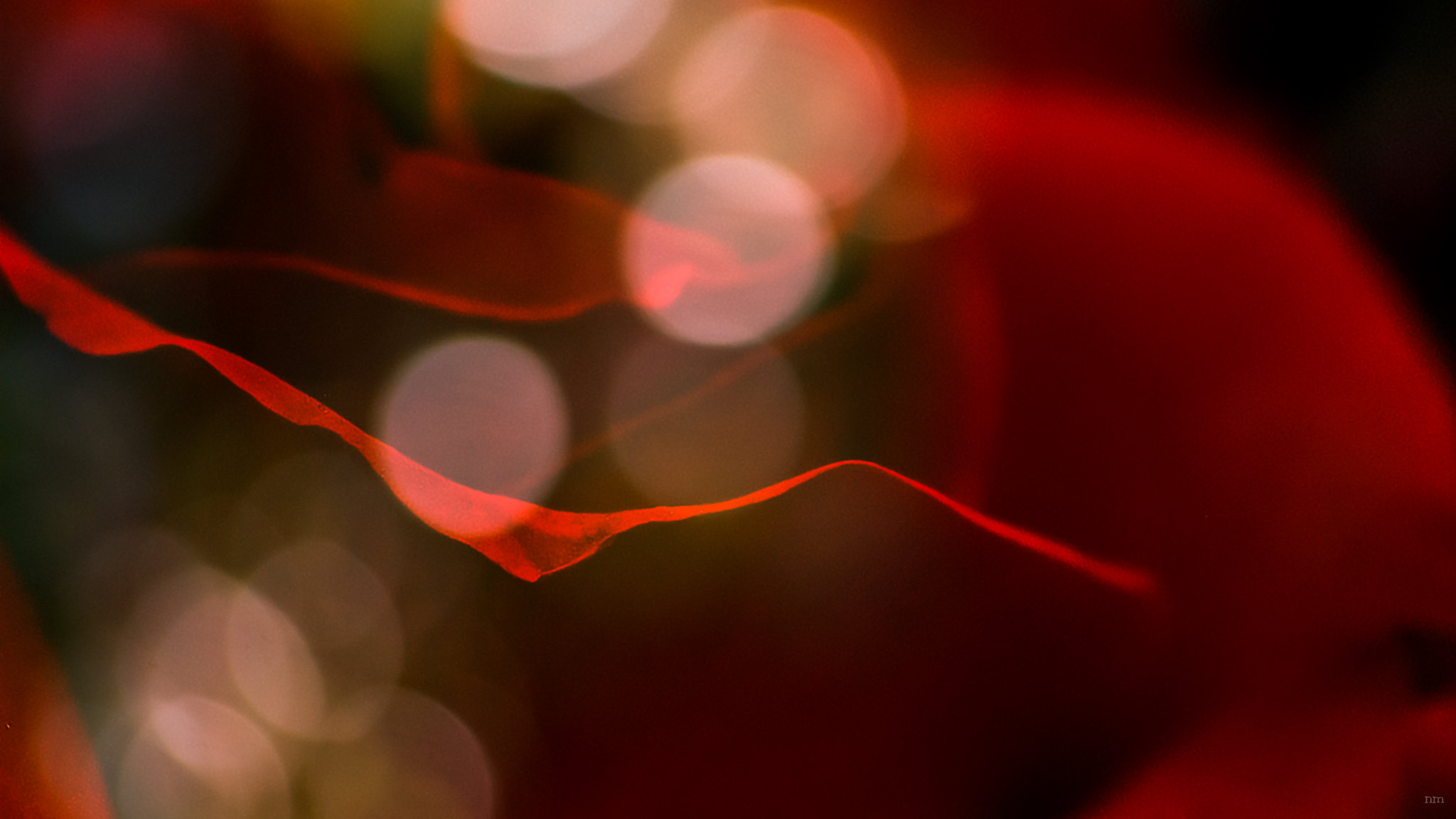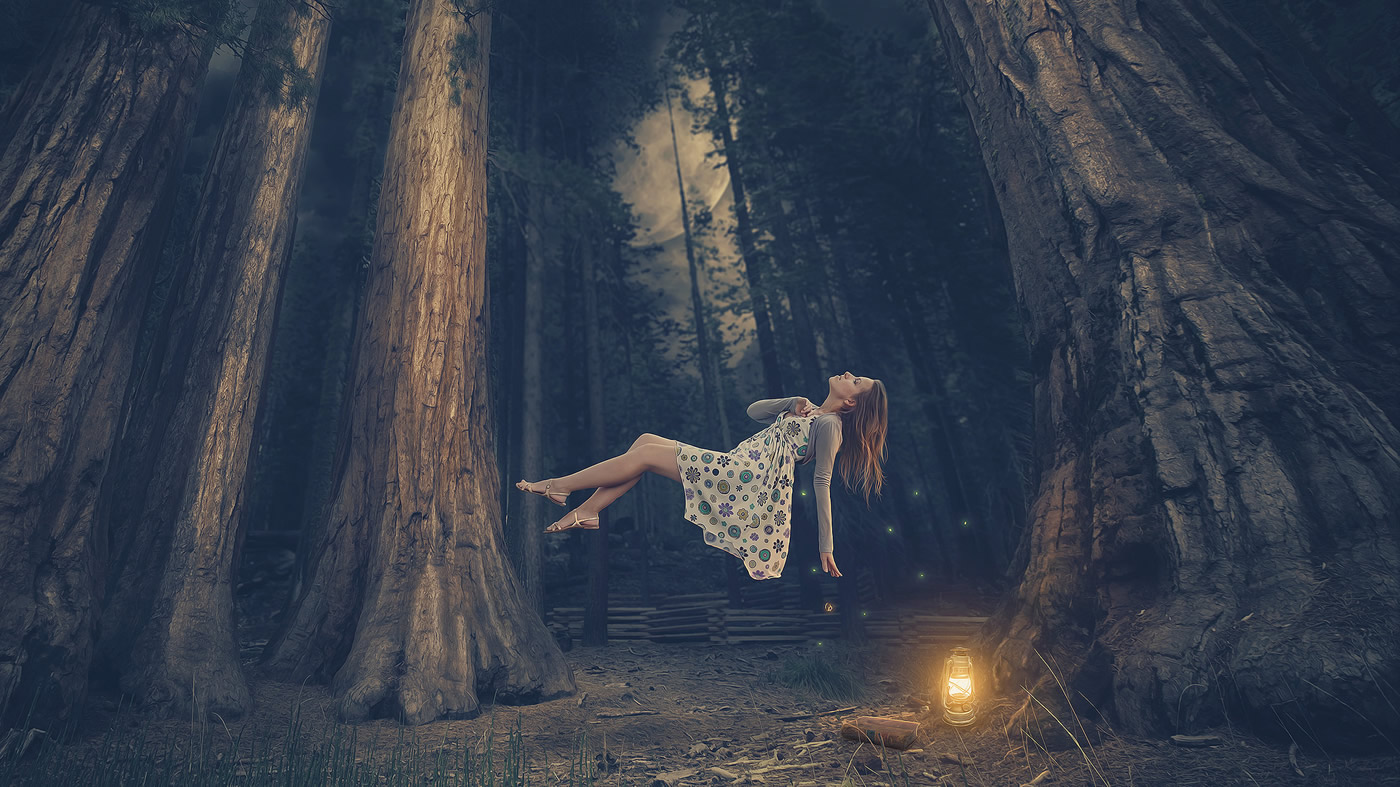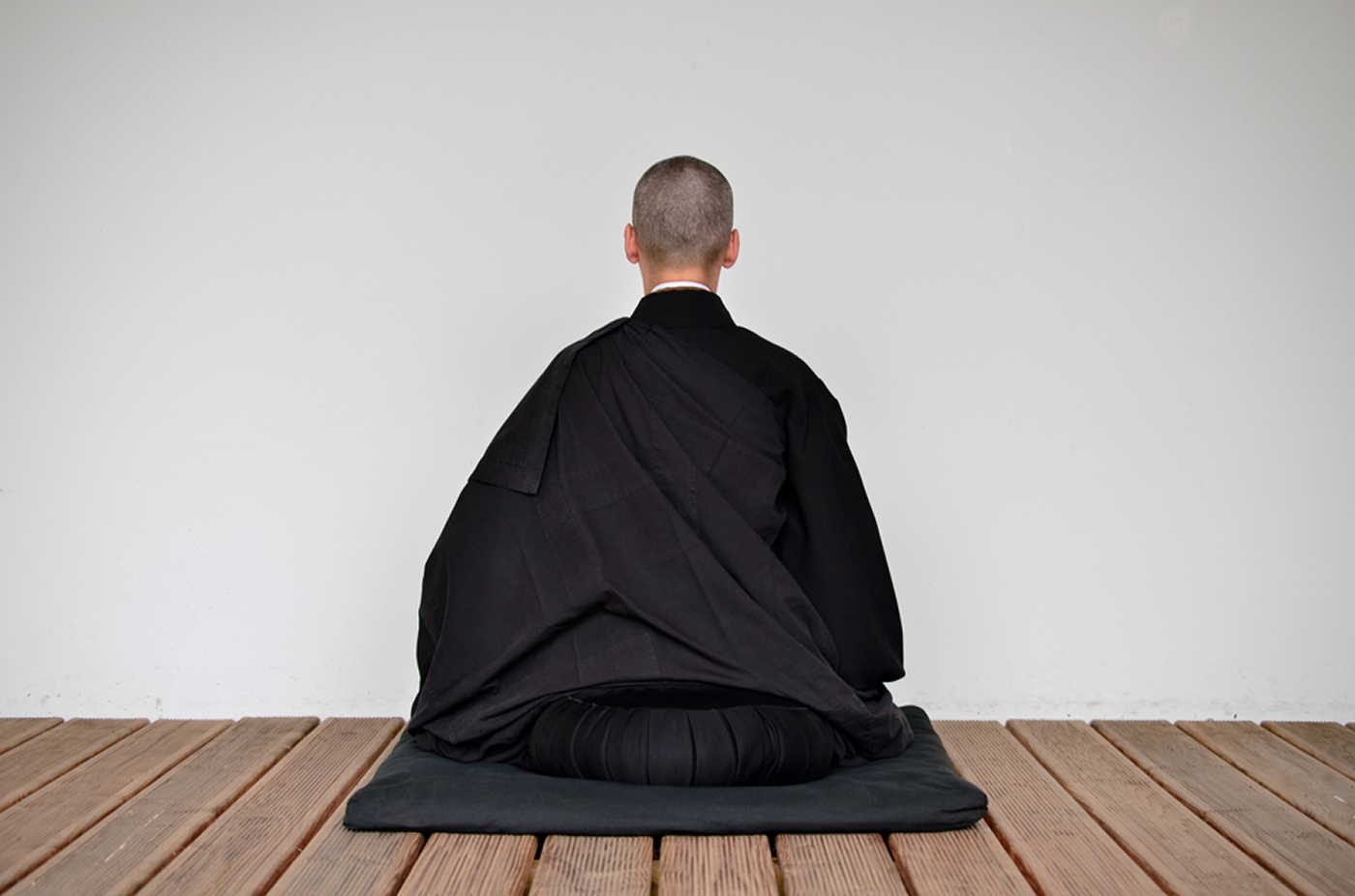Class 7: Peacefully Reminding Them of Good
Hi. Hi, welcome back to the wheel of life online retreat. This is the start of session seven. And before I forget, I’d again like to thank Stanley for translating. It’s a real pleasure to work together with him, and Tim, and Allison. So in session six we did a long meditation—I’m sorry, it was a little bit too long. And in session seven, again we’re going to do another meditation.
[su_icon icon=”icon: link” color=”#ff1259″ size=”20″ shape_size=”12″ url=”https://www.youtube.com/watch?v=LRxWRcF5RAA&t=6s” target=”blank”]Video[/su_icon]This meditation is called, “peacefully reminding them of good—during and after.” We already mentioned that as a person is dying, it’s very, very good if the atmosphere can be peaceful and positive. And just quietly talk to them—remind them of all the good things they’ve done in this life. You know, there is a famous Buddhist ritual for helping a person in the bardo (BAR DO). And the name of that ritual is jang chok (BYANG CHOG).
chok (CHOG) means cho ga (CHO GA), which means “ritual.” And jang (BYANG) means “purification.” And the idea is that we attract the person to the prayers which are held during the time they’re in the bardo. And the monks and nuns who do the prayers, they might ask the family, “Please give us some piece of clothing that the dead person was wearing a lot, or maybe their rosary, or something they really were attached to.” It’s a very beautiful ritual.
[su_icon icon=”icon: link” color=”#ff1259″ size=”20″ shape_size=”12″ url=”https://www.youtube.com/watch?v=LRxWRcF5RAA&t=2m55s” target=”blank”]Video[/su_icon]I did it many times with my teacher for people who passed away in the temple where we lived. And this whole kind of complex ritual, the essence of the ritual, is that we are attracting that person to the room. And by the way, as we’ll explain later in this lam rim (LAM RIM) book, they can hear you, they can come. It doesn’t even matter what language you’re speaking, they have the power to understand it. It’s a very, very touching ritual because you remind them of all the good that they did in their life, and we turn their mind to thinking about some good seeds they made in their life—powerful good seeds.
Even if there’s someone who was angry their whole life or fought with people their whole life. We already learned from the lam rim text that if they can think about something good they did in those crucial stages of the death process, it can drastically change the direction of their future life. So we continue that encouragement during the bardo, while they’re in the bardo—while they’re between death and rebirth. And those beings who are in the bardo life—spirit life—it’s a strange situation. They can see … most often they can see their family.
[su_icon icon=”icon: link” color=”#ff1259″ size=”20″ shape_size=”12″ url=”https://www.youtube.com/watch?v=LRxWRcF5RAA&t=5m42s” target=”blank”]Video[/su_icon]So let’s say the family is sitting in the kitchen the day after the person died. The family members are crying and having breakfast. The bardo being, many times they don’t know they died, and they are like, “Why is everyone crying?” No one can hear them, so they just keep eating, “Why don’t I have breakfast?” Then finally they realized they died. They can hear the family talking. Sometimes it’s almost like there’s a piece of glass between them and the family. Sometimes they get frustrated, “No one’s listening to me,” and they bang on the glass.
[su_icon icon=”icon: link” color=”#ff1259″ size=”20″ shape_size=”12″ url=”https://www.youtube.com/watch?v=LRxWRcF5RAA&t=7m3s” target=”blank”]Video[/su_icon]So in this meditation, first we’re going to get quiet. We’re going to go through those eight technique meditations kind of faster. Then we’re going to choose a family member or a friend, maybe someone who’s quite old or someone who’s sick, someone who could conceivably die in the next few months. Of course, we never know, sometimes the healthiest person dies first. But let’s just practice communicating with this person in the deathbed and in the bardo. Many kinds of meditation are just practice for real life. For example, if you have a problem with some other person, and you get angry at them a lot, in your morning meditation, especially if you know you’re going to meet them today, you can close your eyes and practice meeting them today. And practice remembering your Dharma when you meet them.
So in this meditation today, session seven, we’re going to go through those. We’re going to get quiet, quiet, quiet with these eight technique meditations, then we are going to go on to imagining that someone we know is dying, and then has entered the bardo. We’re going to choose a real person we know who might actually die in the next few months. We’re going to practice talking to them about the good things they did. Of course the day will come that people around you die … someone dies. You will know what to do, and you will know how to help them. Talking to them, encouraging them to remember the good deeds they did, and to activate those good seeds—that’s the essence of jang chok. So in a way, in that moment you become like those monks or nuns who are trying to help the dead person. You are doing the exact same thing.
[su_icon icon=”icon: link” color=”#ff1259″ size=”20″ shape_size=”12″ url=”https://www.youtube.com/watch?v=LRxWRcF5RAA&t=11m10s” target=”blank”]Video[/su_icon]Let’s start. Quiet breath. Eyes softly closed.Long exhales. Push out the last air, a little bit extra push.
Come to listening to some sound in the room where you are.
Ten breaths here.
1. Rest your mind on that sound like resting your head on a pillow.
2. Now let’s go to our heartbeat for ten breaths.
3. Now let’s go sit in the beautiful, elegant meditation room inside our heart.
Ten breaths as the walls beat.
4. Now let’s go to an inner chamber in the heart.
Still sunny and nice fresh air inside.
The heart is beating now at a distance.
Try to get more and more quiet. That’s the goal of these eight.
5. Now we touch the sugar crystal.
We take our mind inside.
Still lots of light and very fresh air.
But tiny, and anonymous, and silent.
6. “Now my mind is the whole Pacific Ocean, deep and wide, inside the sugar crystal.”
“Now I include the sky to the ocean.”
Silent and as broad as the sea, and as wide as the sky, and as high as the sky, and as deep as the sea.
7. “Now I turned my mind off.”
Block all extra thoughts, and extra ideas.
8. “Now I un-attach myself from my mind—let my mind do what it wants, think what it wants.”
Empty space.
“I’m not relating to the mind. I am gone.”
“Now suddenly I’m in a hospital.” “I’m standing by the side of a bed.” “Someone in my life that I know is lying on the bed.” Family member or friend. Maybe they are elderly. Maybe they are sickly.
“They are dying—in my imagination they are dying.” And it’s a normal hospital, lots of other noises going on.
Very probably there are other family members or friends that are standing around. “I don’t have the chance to talk in a perfect atmosphere to this person.” But this is what it’s really like to be with the person who is dying. There will be many distractions, there may be strong emotions going on in the room, people crying. The machines making noise, nurses coming and going.
Let’s practice this situation. It’s not a perfect chance, but it’s almost always like that.
“And I’m waiting for a good moment … without pushing this person or without upsetting the other people in the room, I’m going to direct the conversation to some very positive things that this person did during their life.”
Let’s say it’s my grandfather who’s dying. We are practicing how to help a person die, when the real time comes we will be very used to it, we’ll be ready.
“Oh, Grandfather, what was the thing you did as a small child that made your mother most happy?” Let them remember, talk about it. “Oh, Grandfather, when you were in your twenties”—for many people, this is a an idealistic time in their life—”what good things did you do, Grandfather, what did you do that was helpful to other people, over and over?”
The third priority in this moment, in the hospital, can you remind them of some very high and beautiful karmic object. “Oh, Grandfather, can you see Buddha? Can you see Tara?” “It’s Medicine Buddha talking to you.” In this very important moment in their life, mention some very holy object.
And then best of all, “Oh, Grandfather, what’s the very best thing in your life—what is the thing you did which we should remember you by, what was the thing you did in your life that helped the most people?”
Other relatives will talk and there will be interruptions from nurses, but in a gentle and natural way, bring the conversation back to one of these four things.
1. “What’s the first good thing you remember doing for your Mom?”
2. “What good things were you doing in your youth—in your 20s,” for example.
3. “Do you see any Buddhas right now? What’s it like?”
4. And “what was the very best thing you ever did in your whole life?”
Even if grandfather cannot answer, if they’re too sick to answer, you can still talk with them and on some level they will hear you.
Now the last part of this meditation. Next day, in the afternoon, grandfather passed away last night.
Go to sit in a quiet place—like a bench at the park is a very good place. And get quiet.
Maybe you can use some of the eight quiet meditations. And then talk to grandfather. It’s a tradition to talk loud enough that a person about two feet away, about a meter away, could hear you. You are going to talk out loud, so I suggest the park bench where there’s nobody around. And continue that conversation with grandfather.
Maybe he knows he died. Maybe he doesn’t even know. He’s behind the glass. We are talking almost one way through the glass. “Oh, Grandfather, do you remember the conversation we had yesterday?” “Did you remember anything more about the best thing you did in your life?” The dead people in the bardo, they really, really appreciate someone talking to them, like they are still alive.
I have friends who have continued to talk to their dead loved ones. One woman whose daughter died when she was about 20, she has continued to go to the park every day for over ten years. She still talks to her daughter—I don’t know if the daughter can hear her or not, ten years after she died, but it was a very great healing for the mother, and it made that relationship forever beautiful.
So you don’t have to stop. These steps of the path, the purpose is to become a Buddha. The path leads to stepping to Buddhahood. “And there will come a day, when I am a Buddha and the grandfather is also a Buddha. We will meet again in our most beautiful forms.” And the two Buddhas will enjoy hanging out together. So you will meet those people again, and it’s not crazy to talk with them and tell them.
So practice it.
Let’s take three deep exhales, and offer these good seeds of this good meditation to other people. As a golden light stretching across my city. My country. This world. All worlds.
Three deep exhales. Golden light. Good seeds.
Slowly open your eyes.
Take a good stretch.
We’ll see you for the next session.
Thanks, Stanley.






